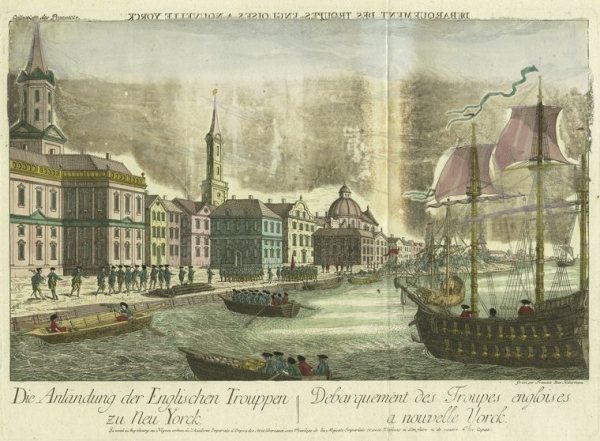 "It was the best of times, it was the worst of times, it was the age of wisdom, it was the age of foolishness, it was the epoch of belief, it was the epoch of incredulity, it was the season of light, it was the season of darkness, it was the spring of hope, it was the winter of despair, we had everything before us, we had nothing before us..."
"It was the best of times, it was the worst of times, it was the age of wisdom, it was the age of foolishness, it was the epoch of belief, it was the epoch of incredulity, it was the season of light, it was the season of darkness, it was the spring of hope, it was the winter of despair, we had everything before us, we had nothing before us..."
The opening lines of Charles Dickens' A Tale of Two Cities have a universal quality -- relevant to their original subject, the French Revolution; relevant to the earlier American Revolution; relevant in Dickens' time; relevant today. Let's focus on the American Revolution, and more specifically on two characters: Benjamin Franklin and Lord Howe.
Independence Hall, Philadelphia. On July 2nd, the Continental Congress voted in favor of a resolution for independence first presented in June. On July 4th, they approved the document we call the Declaration of Independence. Benjamin Franklin helped to craft the Declaration as a member of the Committee of Five, and signed the engrossed parchment in August.
HMS Eagle, off the coast of New England. On June 20th, Vice Admiral Lord Howe issued a declaration as one of the King's Commissioners for Restoring Peace. The trouble was, he didn't make it to New York Harbor to deliver his declaration until July 12th.
Howe believed that, if he had arrived a few days sooner, his message from the King could have prevented the Declaration of Independence. In actuality, his declaration galvanized the patriots' position. This month, we examine these two declarations through the words of two friends and leaders on opposite sides of the American Revolution.

... Read more about August Highlight: A Tale of Two Declarations